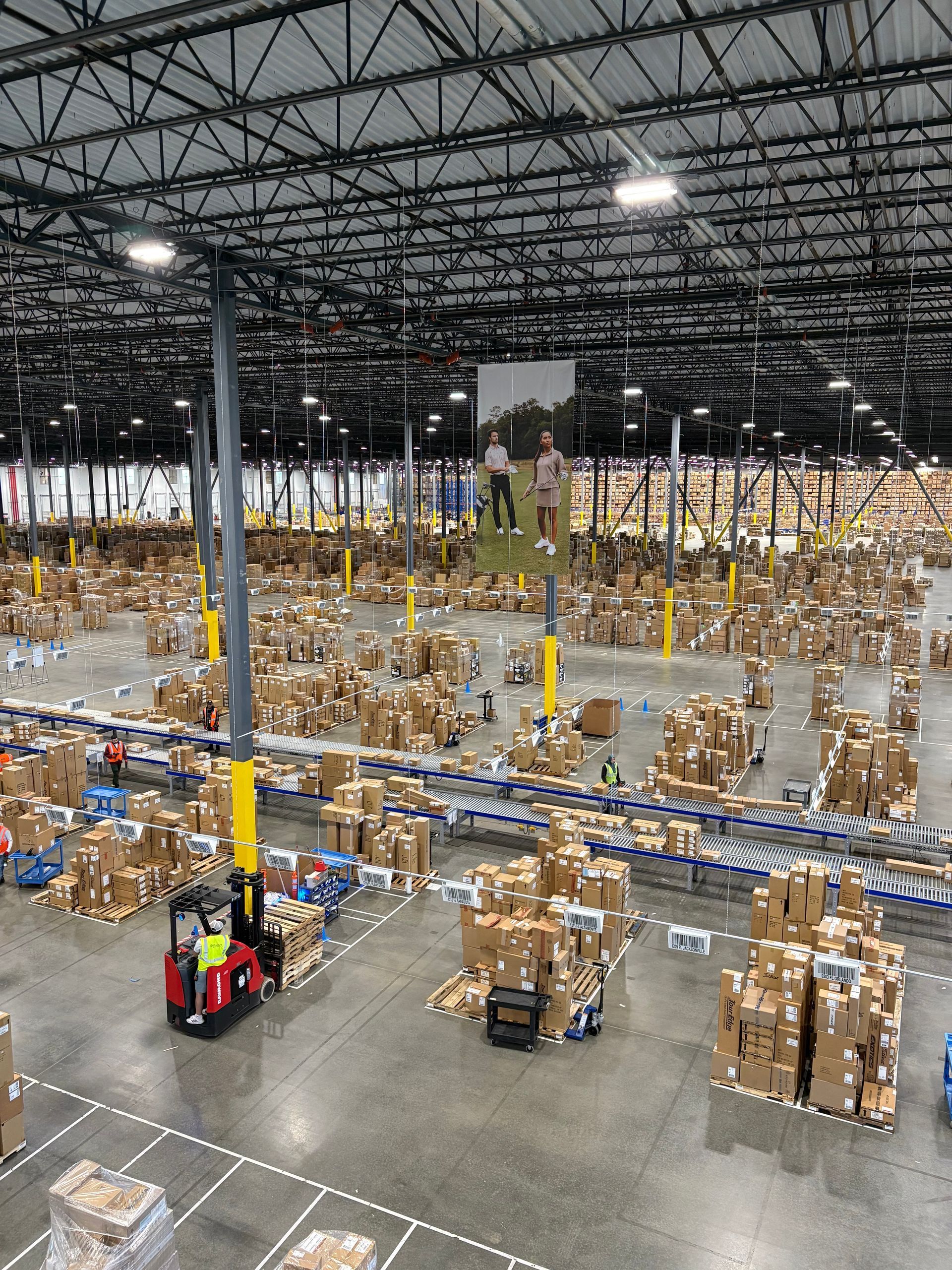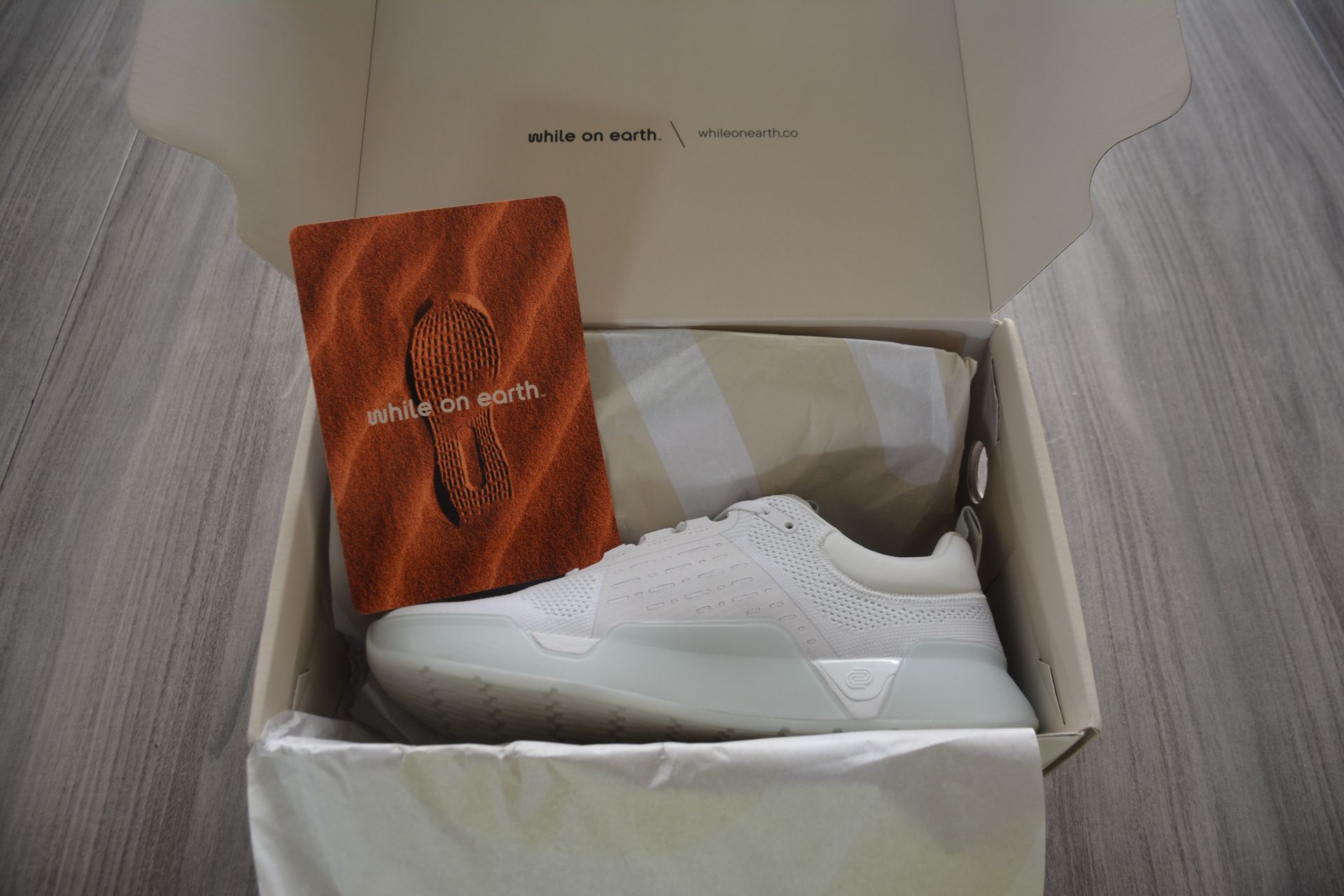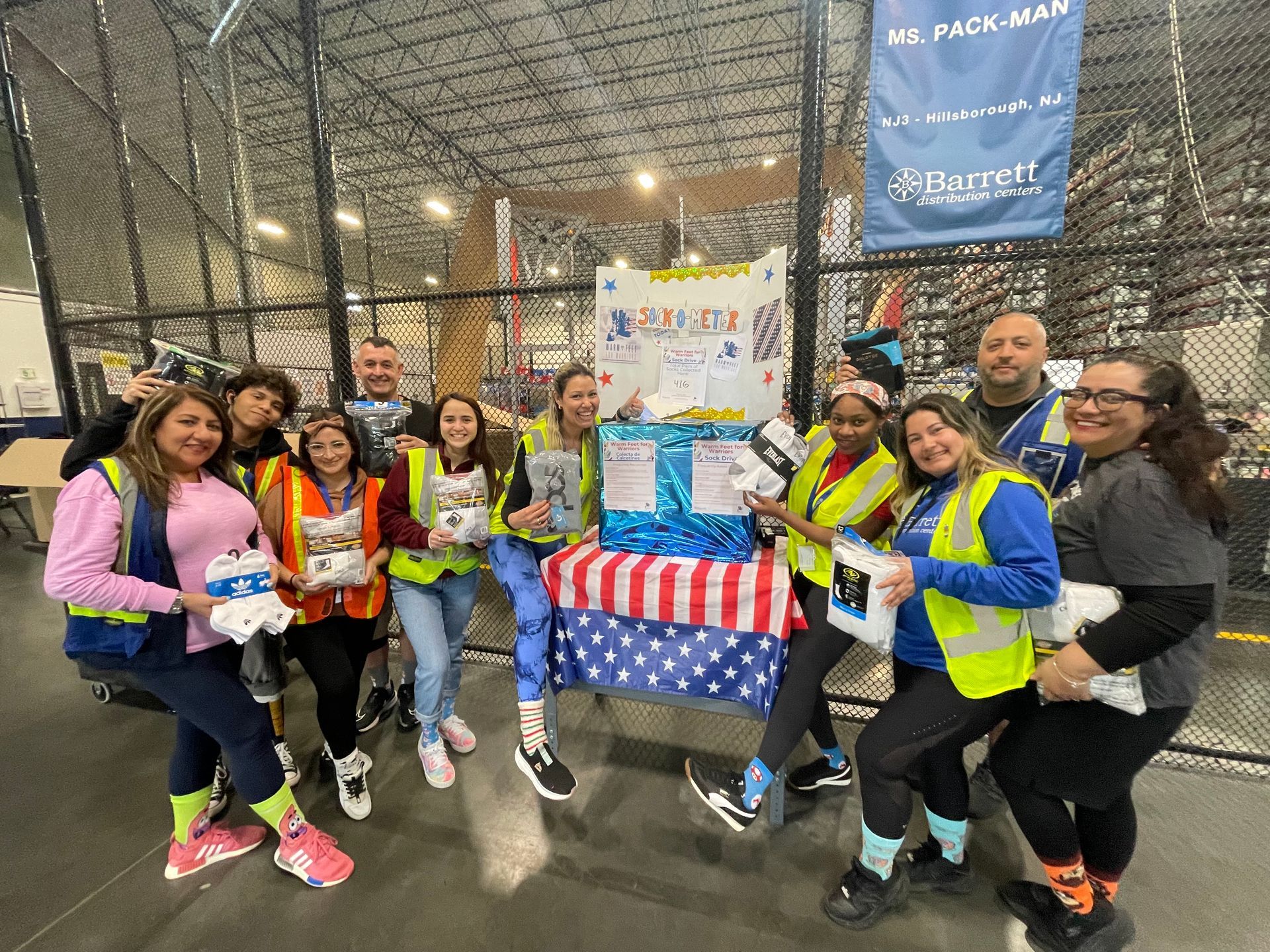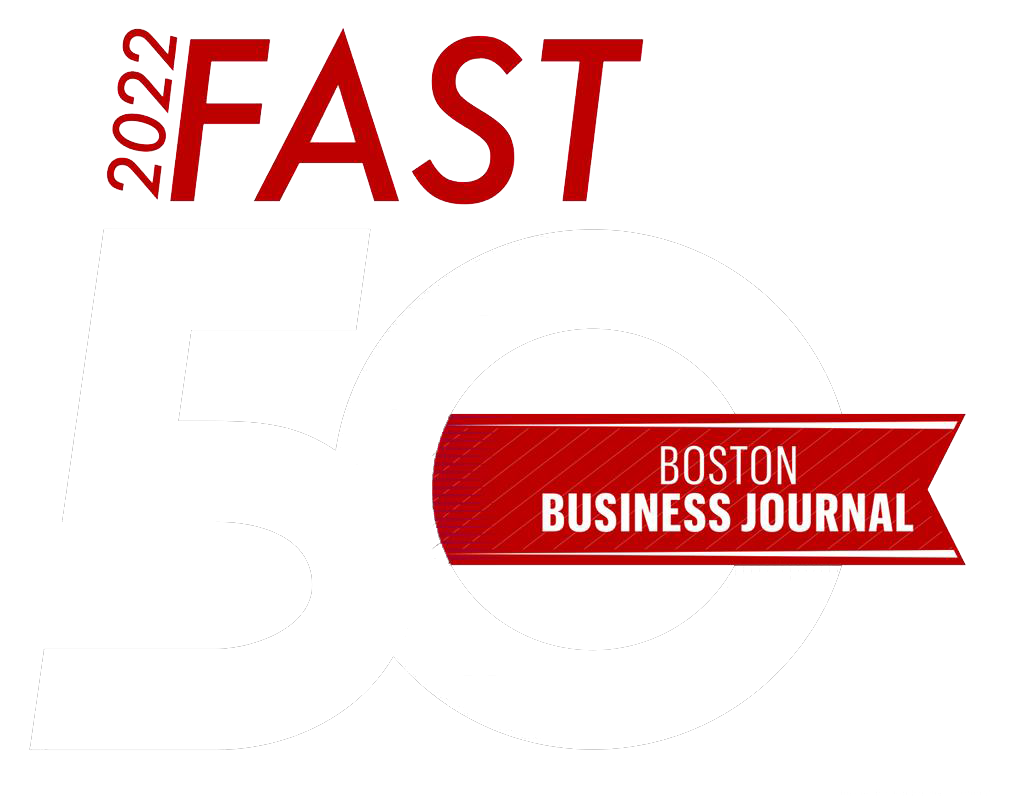Reverse Logistics for Clothing: Finding Cost Saving Opportunities
There’s an old adage in sports, specifically football, that “defense wins championships”. The truth is that while defense is inherently important, the best teams are complete on both sides of the ball. Any team that ignores one aspect for the other can doom their season. The same is true when it comes to logistics. A company that is solely focused on forward logistics with little strategy for reverse logistics can leave a lot of money on the table.
Competition and market factors across all industries have grown in complexity with the rise of e-commerce. In fact, due to the increase in online shopping, there is a corresponding increase in the number of product returns. A recent study by Cognizant shows that up to 40% of clothing orders from last year’s holiday season resulted in a return. This can create a significant cost when the goal of most supply chains is to create efficiencies to meet these new challenges.
Many companies are beginning to give added focus on reverse logistics to create more cost savings. This lesser known side of the supply chain can account for one percent of overall costs if managed well and as much as 10% if managed poorly. Some of the common problems that create the scenario for a product return include:
- Inaccurate counting
- Delays
- Inaccurate paperwork
- Mishandling in the warehouse, truck or destination
- Misloading
- Damaged products
- Unwanted products
There are two ways to optimize the supply chain that will streamline the reverse logistics process in order to prevent these scenarios from happening as often, if at all, or being as costly to correct.
- Research: Discovering where your pain points lie in the returns process is the first step to creating a solution. This root cause analysis can spur updates and operational changes. It is key to determine:
- Do product purchases exceed consumer demand?
- Are you shipping too much?
- Are you shipping at the wrong time?
- Did the shelf life expire?
- Was the packaging ineffective?
When these questions, among others, can be answered, improvements in shipping processes and systems can be made as well as order and performance management.
- Recapture Income: Of course when you ship and sell a product it creates revenue, and when that order is returned, you lose that revenue. So reducing returns and having the ability to efficiently return these orders to the supply chain where they can generate revenue has an immediate impact on supply chain cost. By maximizing the profitability of these items through: repacking, refreshing and returning to inventory, revenue is increased and costs are lowered.
By focusing on reverse logistics, significant cost savings can be found. By reducing the number of returns through better supply chain management and creating a strategy to efficiently and effectively return these products to stock to be resold, your logistics costs will decrease while your revenue increases.
For over 70 years Barrett Distribution Centers has been helping clothing manufacturers create supply solutions and better manage their reverse supply chains.
Recent Blog Posts
